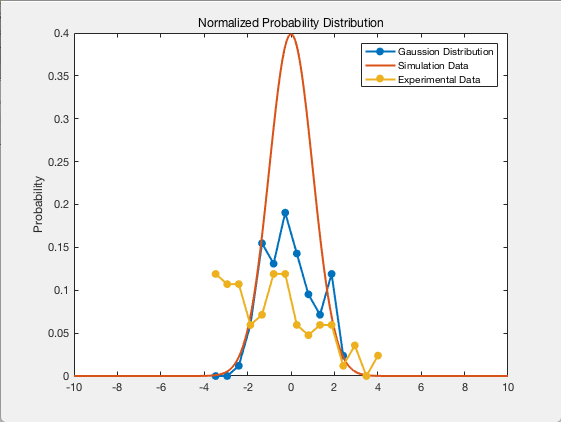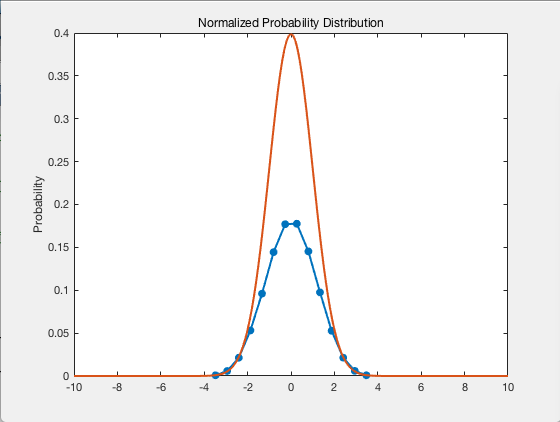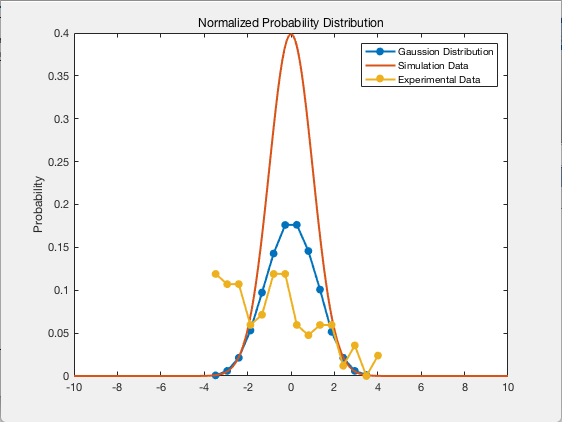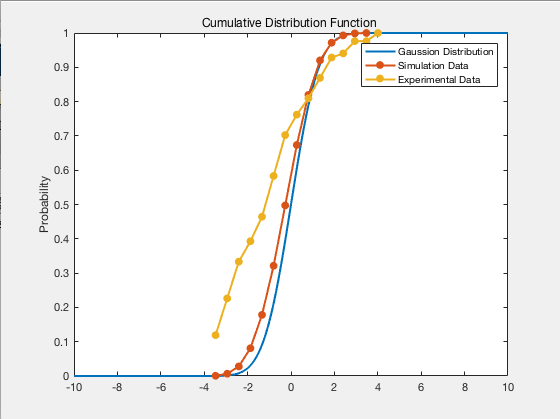
Worms Locmotion
Model
Contents
This model describes how microfluidics Gaussian distribution plate works when we use this device to test C.elegans’ preference in the plate.
Gaussian distribution is very common in nature and important in statistics. It can reflect the normal state of some phenomena. In this experiment, we use Gaussian distribution plate to see C.elegans’ distributions among channels with the presence of some factors.
Compared with classical Galton board, we use C.elegans as the “ball”. When a worm is choosing a direction at the cross, its previous choice may influence its current choice.
Depend on this, we introduce an important parameter “k” (range[0,1]). The “k” is defined as the absolute value of the differences between probability of two direction choices. It means that the greater the ”k” is, the greater the influence of previous choice on the current one. When “k” is zero, the simulation model is more like Gaussian distribution.
We count the number of choices and calculate the parameter “k” without factors (attractive or repellent factor at one side) at first. Assuming that “k” does not change when we add attractive or repellent factors.Then this model can be used to stimulate C.elegans preference when adding factors with determined “k”. Meanwhile, we can analyze the amount of C.elegans attracted or repelled by the factors via introducing another parameter kxy (range[0,1]).
All parameters set above are depended on the assumption that the influence of parameters are proportional to the probability they affect the C.elegans' choice. For example, we defined “k” as the association between cross choices. If "k" equals “0”, meaning that there is no association between cross choices. If “k” equals “1”, the next cross choice is totally determined by previous choice, the result will show poly distribution( C.elegans will only show in the end channels). When “k” equals "0.5", meaning that there is 25% probability of turning right/left and 75% probability of turning left/right. “kxy” (attractive or repellent parameter) is the same as “k”.
Result
Simulation results are shown in two steps:
No factors added to determine “k”:
To determine “k”, we do a experiment without adding factors
| Count | Firstly Turn Left | Firstly Turn Right |
| Secondly Turn Left | 20 | 9 |
| Secondly Turn Right | 12 | 10 |
k=\frac{same turning-different turning}{total turning}=\frac{(20+10-12-9)}{(20+10+12+9)}=0.18





